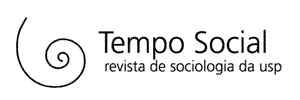Abstract
On December 2015 the social force led by the financial oligarchy returned to the government, giving continuity to the counterrevolutionary period that started in the mid-seventies. Among its main features are the expansion of capitalism in depth and the generation of an increasing surplus population. Its return was made possible by the division of the trade union movement and the popular social alliance. The new government’s policy gave way to an important decline of productive activity, a fall of wages produced by inflation and an important increase of unemployment and poverty. Soon protests began, performed by all the layers of the working class, moving together and establishing organic relations between them. Six general strikes and numerous street demonstrations were the main forms of resistance, which included one in December 2017 that overflowed the institutional system. Unions demands were for immediate economic goals (free discussion of salaries, against layoffs) and against the government’s economic policy, especially against labor, retirement and tax reforms, and the agreement with the IMF.
Trade-unions; Argentina; General strikes; Social conflict; Neoliberal policies
